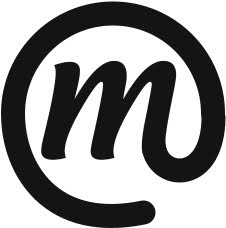First impressions were of the contrast to being a facilitator (Teaching and delivering a module introduction to FdA Creative Practices students during the morning prior to the session) and that of being a student; the listener, the responder - in this instance.
One of the very relevant initial points was that of moving away from "linear design". The idea (well known from previous practice) that the design outcome was invariably driven by a brief constrained immediately by time and importantly budget. The opportunity, through this MA study opportunity to act on conscious approaches to collect, organise reflect and evaluate without initial constraints associated with much of the usual graphic designers workload.
Images shown in a short Powerpoint seemed to look at where graphic arts can be; what surfaces can they be on; what can they be constructed/manufactured from. There is a sense that some of this "visual communication" could be moving towards the umbrella of fine art. Conversely, there is the consideration for the multiple when producing visual communication.
On a personal level and after many years of employment in education management and teaching which gradually took me away from my original study and freelance design work, this opportunity - I hope - will be a timely "kick up the arse": To re-inspire me into the making of my own art and processing design ideas; to renew my enjoyment of the subject for "me"; to involve me in new study in which I hope to be able to make links with - traditional approaches and techniques which were current when I was an undergraduate student, digital technology and the current resurgence of hand drawn graphics/typography. Having said this, I am mindful of trend, one of the issues raised in the introductory session touched on the consideration for the "currency" of trend. Can I afford to work into an area that is already receiving major attention? How can I have an input that takes something from current trend, develop it further and make my own mark on it?
The introduction to the initial practical task for the module was an immediate wake up call in the required move from the linear graphics approach: move away from the familiar, the expected the "normal".
In addition to the the main module introduction, the supporting, workshop health and safety talks etc reminded me that I was still in an institution with rules - no different to my current workplace. However, beyond the rules there are facilities and resources that should provide me with scope to explore and develop work that I have missed engagement with for many years.
As an aside.... the fire safety talk (whilst serious) amused me as the guy delivering the session WAS Keith Lard ( Peter Kay's fire officer from Phoenix Nights) -"look he's drawing a dog!"...














